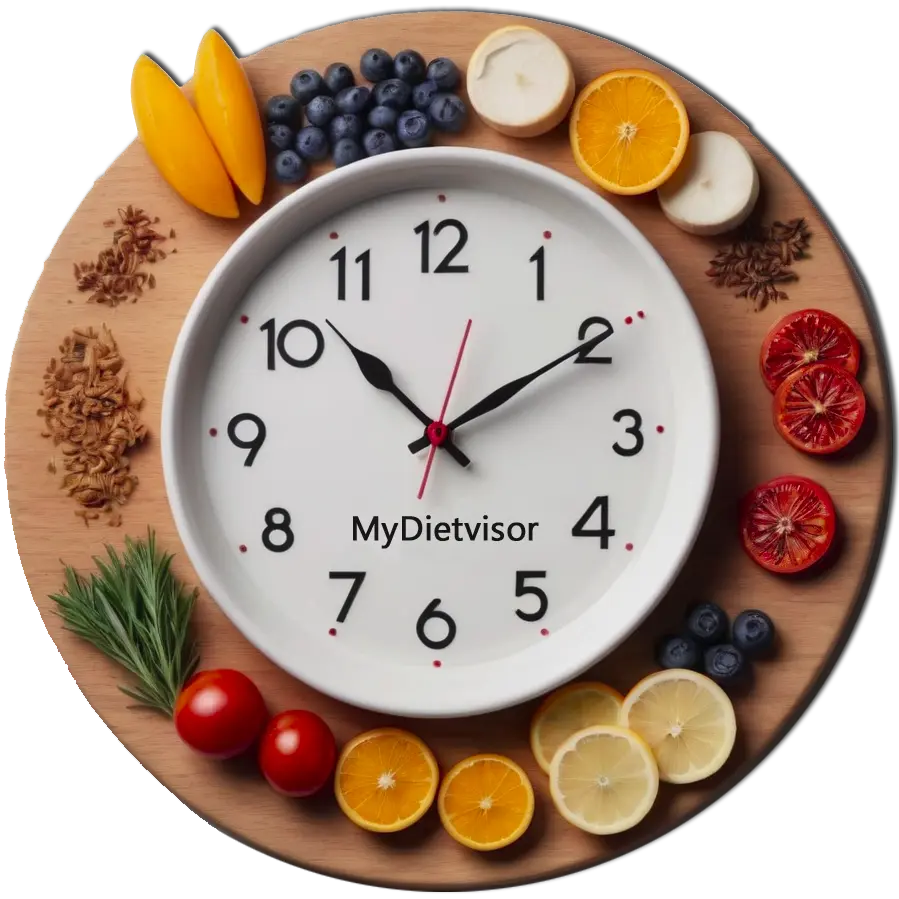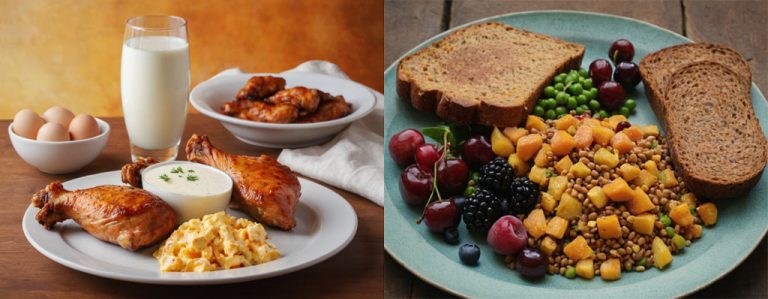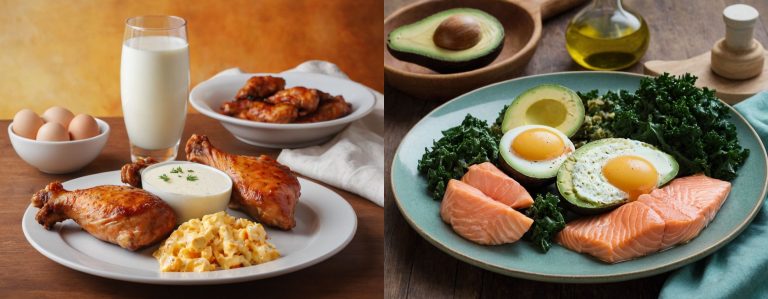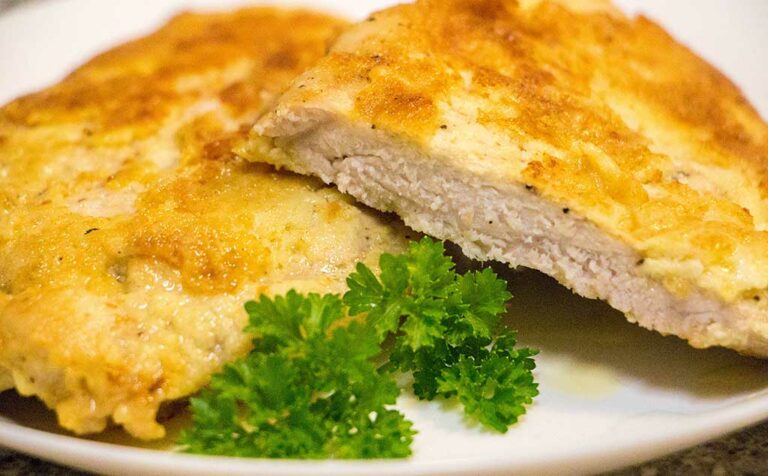Ingredients
Nutrition per serving (100g)
Experience the convenience and flavor of homemade beef jerky with this simple yet delicious recipe. Beef jerky is a popular, protein-packed snack that’s perfect for satisfying your hunger between meals or as an on-the-go treat. Making it at home allows you to control the ingredients and ensure you’re enjoying a wholesome, preservative-free snack.
This recipe uses a combination of lean beef and marinade spices to create tender, flavorful jerky strips with just the right amount of chew. The dehydration process concentrates the natural beef flavors, resulting in a satisfying, high-protein snack that’s perfect for anyone following a Carnivore Diet or simply seeking a healthier alternative to store-bought varieties.
With minimal effort and time investment, you’ll have a batch of homemade beef jerky ready to enjoy – making it an ideal project for meal prepping or gifting to friends and family. So grab your favorite cut of lean beef and let’s get started on creating the perfect snack for your active lifestyle!
Recipe Instructions:
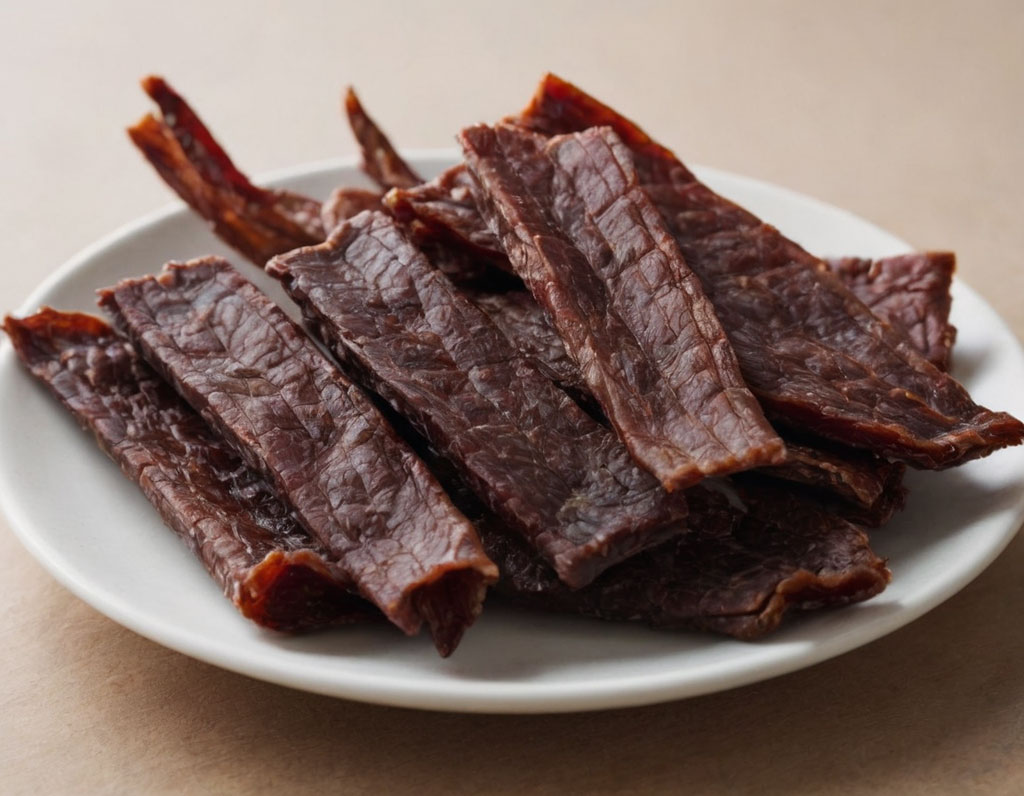
- Prepare the meat:
- Trim any visible fat from the meat. Fat can cause the jerky to spoil faster and may make it moldy during storage.
- Freeze the meat for about 1-2 hours or until partially frozen but still firm. This makes it easier to slice thinly.
- Using a sharp knife, slice the meat into thin strips, about 1/8 inch (3 mm) thick and 4 inches (10 cm) long. Aim for consistent thickness to ensure even drying.
- Marinate the meat:
- Combine salt, black pepper, soy sauce, and garlic powder in a large bowl.
- Add your sliced meat and toss gently until evenly coated. You can also massage the seasoning into the meat for better absorption.
- Dehydrate the meat:
- Arrange the marinated meat slices on dehydrator trays, making sure they don’t overlap.
- Set your dehydrator to 160°F (71°C) and let it run until the jerky reaches desired texture – usually about 4-8 hours, depending on slice thickness. Check occasionally for even drying.
- Alternative oven method:
- If using an oven, preheat it to its lowest setting (around 170°F/77°C). Place the meat strips on a wire rack set over a baking sheet.
- Bake for about 3-5 hours or until dry and bendable, flipping them halfway through cooking.
- Cool and store:
- Allow the beef jerky to cool completely at room temperature before storing it in an airtight container or zip-top bag.
- Store in a cool, dry place for up to 2 weeks at room temperature, or in the refrigerator for up to 6 months.
Ideas of Homemade Jerky:
Use various types of lean meat in your obnoxious jerky recipe to achieve different flavors and textures. Here are some suitable options:
- Beef :
- Sirloin: A popular choice due to its balanced flavor, moderate fat content, and easy availability.
- Eye of Round: This cut is lean and has a mild flavor, making it an excellent option for jerky.
- Chuck: Slightly fattier than other cuts but still suitable for jerky. It offers rich beefy flavor.
- Tri-Tip: A leaner cut with a distinct flavor profile that works well in jerkies.
- Turkey :
- Ground turkey: Mix it with spices and dehydrate to create a lean, protein-packed jerky.
- Turkey breast: Slice it thinly against the grain for a high-protein, low-fat option.
- Chicken :
- Boneless, skinless chicken breasts or thighs: Remove any visible fat before slicing into thin strips.
- Venison :
- Lean cuts like backstrap (also known as venison tenderloin) and roasts can be used to create a lean, gamey jerky with unique flavor.
- Salmon :
- Remove the skin from the fillets and slice thinly for a fish-based jerky with a stronger flavor and oilier texture.
- Pork :
- Pork loin or tenderloin: Trim any visible fat before slicing into thin strips to make a mild, savory jerky.
Arguments for Keeping or Removing Fat in Beef Jerky:
Keeping some fat:
- Flavor enhancement : Fat contains marbled flavors and can add richness and depth to your jerky’s taste.
- Moisture retention : A small amount of fat can help retain moisture during dehydration, resulting in a slightly softer jerky texture compared to lean versions.
- Easier slicing : Leaving some fat on the meat makes it easier to slice thinly against the grain.
Trimming all visible fat:
- Shelf life : Excess fat can go rancid more quickly, reducing your jerky’s shelf life. Trimmed jerky will last longer when stored properly.
- Health considerations : Jerky is often consumed as a high-protein, low-fat snack. Removing all visible fat keeps the product leaner and lower in calories.
- Easier dehydration : Lean meat dehydrates more evenly and predictably than fatty cuts, making it simpler to achieve your desired jerky texture.
Enjoy your homemade Beef Jerky as a snack!
